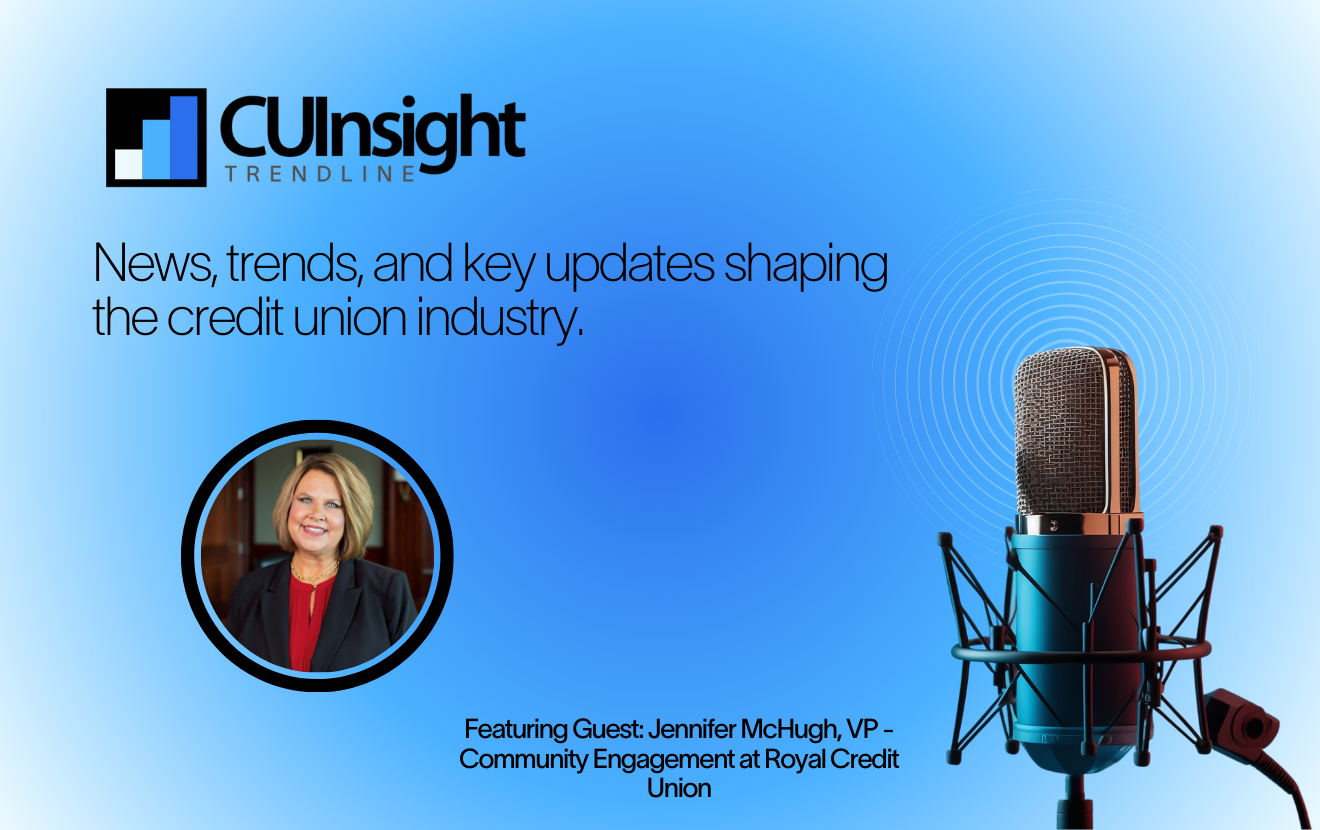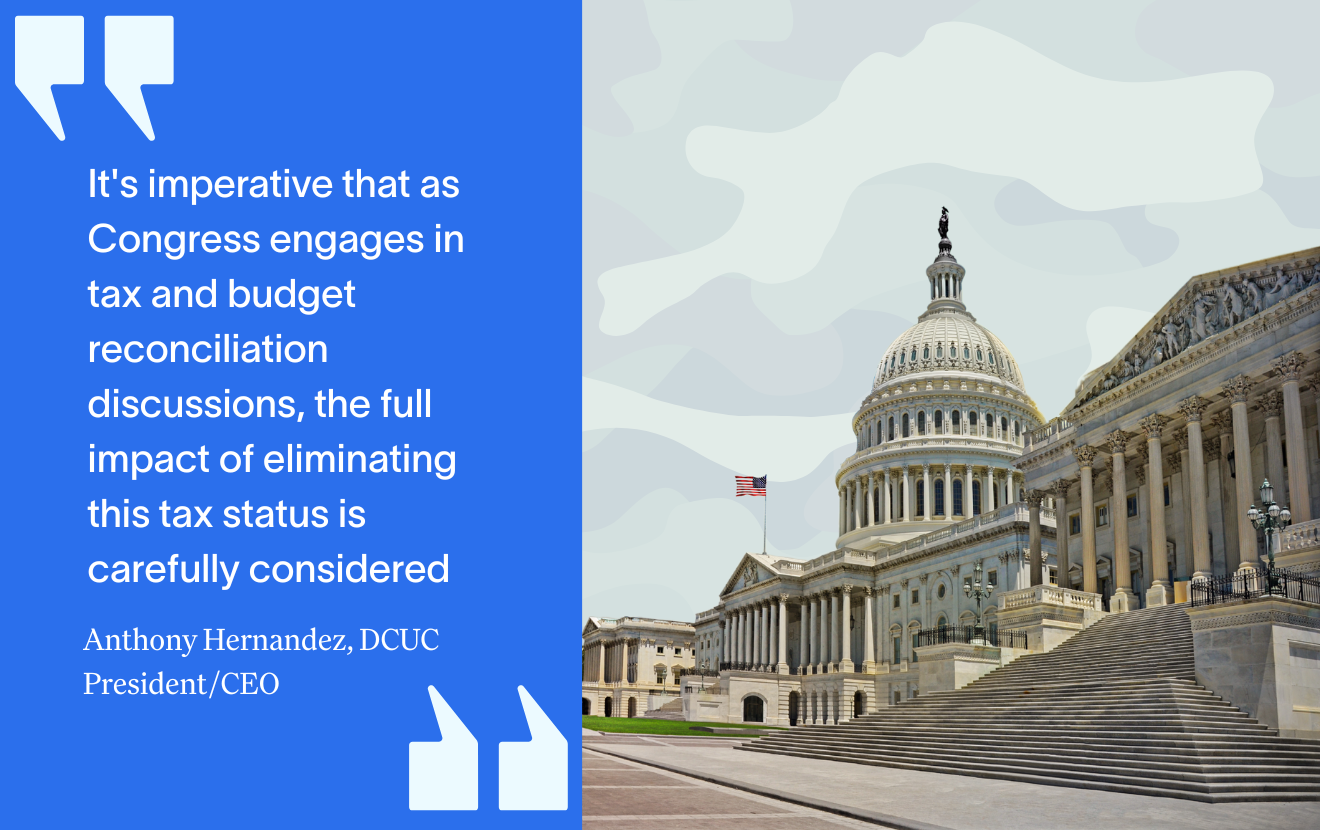In the past eighteen months, we have collectively been navigating unprecedented times and events. While social unrest and economic uncertainty are not uncommon, adding a resurgent global pandemic, active hurricane season, raging wildfires, and earthquakes, odds are, stressed isn’t an adequate word to describe our current mental state. Withstanding all this, the sole focus for some companies is keeping the doors open and regaining consistent business operations. This is indeed a recipe to some level of survival and success but operating with this limited scope places a heavier onus for everyone to balance work, home, and everything in between.
In an article posted earlier this year, the Kaiser Family Foundation provided the following statistics:
“The COVID-19 pandemic and the resulting economic recession have negatively affected many people’s mental health and created new barriers for people already suffering from mental illness and substance use disorders. During the pandemic, about 4 in 10 adults in the U.S. have reported symptoms of anxiety or depressive disorder, a share that has been largely consistent, up from one in ten adults who reported these symptoms from January to June 2019.”
Even if you aren’t a betting person, it’d be a smart wager that some employees we are asking to continue business as usual are in the increased number of people who have been and continue to be negatively affected. As these two principles, engagement and mental health, continue to collide, leaders should think about aligning engagement with their strategic plan. Gallup Research succinctly noted that “concentrating on employee engagement can help companies withstand, and possibly even thrive, in tough economic times.”
The tricky part of leadership is that adept management teams can easily assess and mitigate risk using differing models, but no matter the level of skill, no one can curtail the ills of the world. However, through appropriate insight and activities, attuned leaders can observe changes in engagement then act in such a way that motivates and bolsters morale through difficult times. Let’s explore why there is a benefit to going beyond.
Engagement and Mental Health
As defined byQuantum Workplace, engagement is how an employeefeelsabout where they work, the strength of their emotional and mental connection to their organization. However, it is not satisfaction, happiness, or well-being (although those concepts are also important to define).
Take a moment and ask yourself how you feel about your job and the company for which you are employed. Did you sigh, your eyes roll? Did you smile and think of a heartfelt story? Likely, if you are reading this, you're tuned in to more than the nine-to- five shuffle. But let’s dig deeper for a moment and ask, how have I, as a leader, cultivated a workplace where our staff feels the latter rather than the former expression noted above?
Earlier, it was mentioned what engagement was not; let’s delve deeper into that. There are consequences to engagement being misdefined. Consider this, surveys with low response rates or adversely, simmering replies, timing surveys near raises, holidays, or incomprehensibly, disasters, static survey questions that have not changed although the general landscape of normal life has changed could be interpreted as disingenuous.
True engagement rests upon the tenets of trust, transparency, and creating a safe space for employees to show up as their authentic selves without consequence. If leaders can’t cultivate any part of that environment, responses to surveys will be skewed in favor of non-truths. A leader’s superpowers don’t come from having all the answers but in part from earnestly engaging with those who have the questions. After all, Teddy Roosevelt’s quote, “People don’t care how much you know until they know how much you care,” has a ring of truth.
Now, this is not a think piece on determining work ethic based on how one feels about a job. Most, if not all, top athletes continually perform at high levels, even while unhappy with their current team. The satisfactory and above performance illustrates a commitment to an agreement. Employment is that agreement. Even further than performance, there are dual-fold considerations when it comes to employee engagement.
The Upswing of Engaged Staff
Innovation
Thoughtful engagement lends itself beyond completed tasks to creativity that births innovation. No one wants to come to work to find more responsibility than the day before. Still, someone who feels valued and empowered with open lines of communication will offer new ways to complete tasks that will best utilize resources and bolster your strategic aims.
Lower Turnover Rates
Millennials. That’s the sentence.Gallupposits “the majority of millennials (55%) are not engaged, leading all other generations in this category of worker engagement. Not engaging millennial workers is a big miss for organizations”. This is imperative to understand when comparing mental health studies, because more than any other age group, young adults (generally 18-24) are affected by anxiety and depression disorders more than others having the highest likelihood of experiencing mental health issues. The truth of the matter is that a well-constructed engagement plan can lower your turnover rates and retain employees.
Defined Culture & Talent Retention
Engaged staff are loyal and are often your unofficial mentors. Their behaviors and attitudes are often passed to others internally and externally as the face of your organization. Succession plans are a thing, but are they active at your organization? Answer this: Are you operating as such that if someone leaves, your organization will be able to function in that capacity at 80% or greater?
The Cost of Disengaged Staff
The B Word… Burnout
What would happen if your key performer did not complete the task at hand on the precipice of a new brand launch, client engagement, or system implementation? Not because they didn’t want to but could not due to burnout. Paid time off is not only for a physical ailment but for mental health days as well. The weight of wearing too many hats or being solely responsible for too many or major projects can be burdensome. Studies assert two things to be true, women arebecoming a larger part of the workforceand are experiencing burnout faster.CNNreports that “The pandemic has amplified employee burnout across the board, but it has been especially bad among women, who are increasingly considering scaling back.”
Increased Opportunity for Fraud
A familiar diagram, the Cressey fraud triangle, offers the traditional three motivators for fraud and now has a newer counterpart. The Wolfe and HermansonFraud theory expands the shape to a diamond, adding capability as a new component.

Identifying traits could look like someone who is any combination of the following:
a) well-trained; Capable
b) works in an area with limited internal controls; Opportunity
c) thinks they are owed something or deserve more; Rationalization and/or
d) have an enduring need; Pressure/Incentive
Let’s think back to the opening remarks about recent events. Is this a reflection of our current workforce? This isn’t to say, let’s profile all employees as such, but rather, let’s be open to the fact that the landscape has changed and COULD lead to adverse behavior based on shifts in either one of the four categories. Operationally, encouraging staff in the use of resources allows for two things to happen: testing of controls during their absence, and confirmation of succession plans.
Value-Added Next Steps
Self- Assess and Answer the hard questions
Here’s a quick quiz:
- Are your staff surveys geared solely toward an end or a means?
- How often and when do you check in with staff collectively or individually?
- Is returning to the same business plan post-pandemic the best strategy or the easiest strategy?
- More importantly, do any of your management groups suffer from‘Ivory Tower’ Syndrome?
By adopting a reflective approach, leaders can build a framework to increase morale and undergird the foundation from which to launch more compelling strategic objectives.
Employ and Encourage the Use of Resources
Human capital is your greatest resource but how you invest in them determines the results of your labor force. Access to care should be less presumptive and reflected from the tone at the top. Recently, the Integrated Benefits Institute issued a press release after analyzing data from the Census Bureau. This report offers several findings that address the intersection of mental health and engagement that are helpful for any organization furthering their understanding of the value of resource utilization.
And finally,
Believe in more than the Bottom Line
Consider staff mental health, engage, employ and render resources because staff mental health matters, and it is currently affecting your business model. Go beyond the numbers. After all, how better can we live out our philosophy of “people helping people?”







